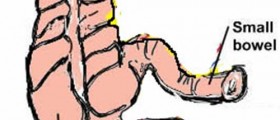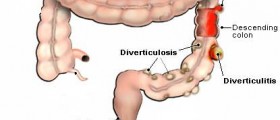
Appendicitis is a medical term for the inflammation of the appendix, which manifeststhrough the painful swelling of the appendix. The appendix is located in the lower abdomen on the right side. It is afingerlike pouch connected to the large intestine. Still, it is not discoveredwhat the function of the appendix is, since once it is removed, it does notimpair the overall health of the patient.
The appendix creates mucus, which travels through the inside of the appendix called appeandiceal lumen, to the large intestine. Everyone can get appendicitis, even though those between 10 and 30 years ofage are at the highest risk.
Causes of appendicitis
Appendicitis may be caused by various reasons. When the appendiceal lumen isobstructed or blocked, it can cause the inflammation of the appendix since thebacteria present in the appendix start to overproduce in the blocked mucus. Therefore,the swelling occurs.
The appendiceal lumen can be obstructed because of several reasons, such asthe injury to the abdomen or due to the inflammatory bowel disease, Crohn’sdisease and ulcerative colitis. Sometimes the obstruction occurs because thelymph tissue in the wall of the appendix becomes enlarged due to somegastrointestinal infection. Appendicitis should be removed immediately, because when it bursts, theinfection may spread throughout the abdomen and can lead to the occurrence of aserious condition called peritonitis.
Symptoms of appendicitis
The symptoms of this condition are easily identified and they are usuallythe same in most people. The first symptom of appendicitis is the abdominal pain that occurssuddenly. First it starts at the belly button and it then expands to the rightside. This pain tends to aggravate as the time passes and gets worse whentaking deep breaths or when coughing. Furthermore, the most common accompanying symptoms to the pain in the abdomenare nausea, vomiting, loss of appetite and diarrhea or constipation. Abdominal swellingand a low-grade fever may also occur.
Treatment of appendicitis
In the majority of cases, this condition is treated by the removing of theinflamed appendix. By a prompt medical intervention the bursting of theappendix can be prevented. Appendectomy is the name of the surgery for the removal of the appendix. Thereare two methods that can be used in appendectomy and they are laparotomy andlaparoscopic surgery. When the condition is not very serious, the patient can be treated withcertain antibiotics and a liquid or soft diet.

















Your thoughts on this
Loading...